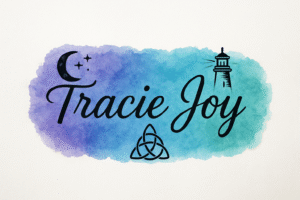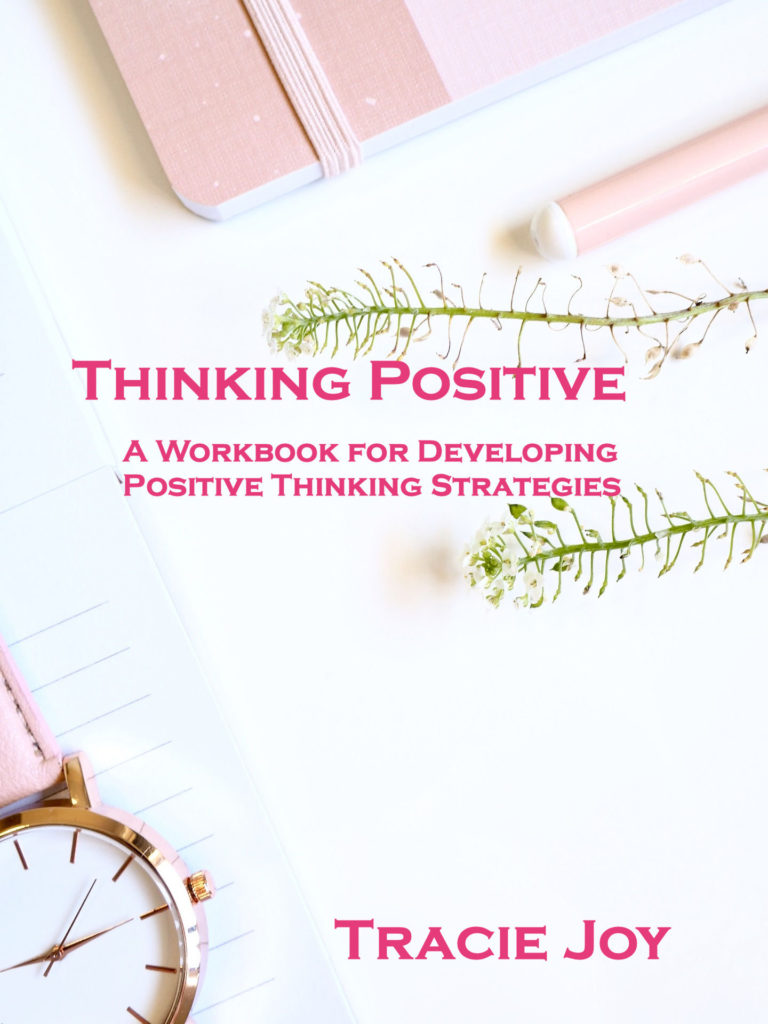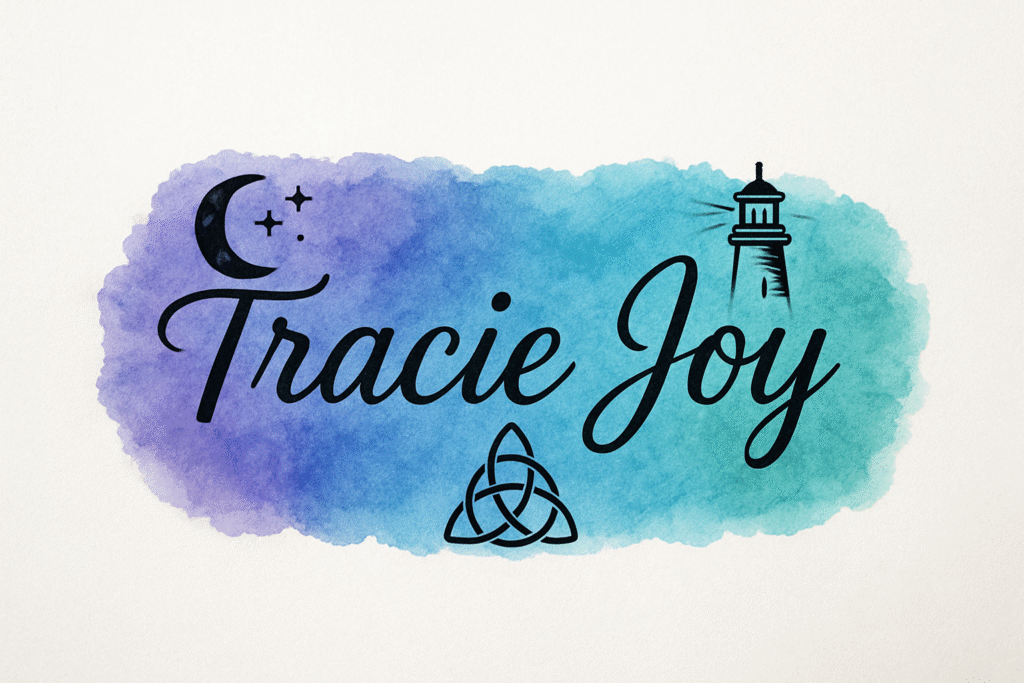Mastering Point of View: 3 Powerful Ways to Transform Your Writing
When it comes to storytelling, Mastering Point of View is one of the most critical skills you can develop as a writer. Point of view (POV) isn’t just about choosing between I, you, or he/she—it’s about deciding how readers will experience your story, what information they’ll have access to, and how emotionally connected they’ll feel to your characters.
Whether you’re writing a novel, memoir, blog post, or short story, understanding the differences between first, second, and third person—and knowing how to use them intentionally—will make your writing more powerful, immersive, and memorable.
In this in-depth guide, we’ll explore each POV in detail, highlight the benefits and challenges of each, and share tips so you can confidently choose the perspective that works best for your story.
Why Mastering Point of View Matters
POV acts like a camera lens for your story—it determines where the focus lies and what’s visible to the audience. The wrong POV can create emotional distance, cause confusion, or even weaken your plot’s impact. The right POV can hook your readers from the very first line and keep them invested until the final word.
Mastering Point of View 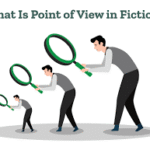 Mastering Point of View also gives you control over:
Mastering Point of View also gives you control over:
- Narrative intimacy – how close the reader feels to the characters
- Pacing and tension – when and how information is revealed
- Reader trust – whether they see events objectively or through a biased narrator
By understanding the strengths and limits of each POV, you can make deliberate choices instead of leaving this crucial element to chance.
1. First Person: The Intimate Lens
First person point of view uses pronouns like I, me, and my. It lets readers experience events through the narrator’s personal filter.
Example:
I could feel the storm brewing, each gust of wind rattling the windowpane like a warning.
Strengths:
- Deep emotional connection with the narrator
- Strong, unique voice that can make your writing memorable
- Great for unreliable narrators who keep readers guessing
Challenges:
- Limited to what the narrator knows or experiences
- Risk of sounding self-centered if not balanced with other elements
Mastering Point of View in first person means keeping the voice consistent and ensuring the narrator’s perspective feels authentic. Readers should feel as if they’re living the story alongside the character.
For more on building strong characters, read How to Write Compelling Characters Readers Remember.
2. Second Person: The Immersive Experience
Second person point of view addresses the reader directly, using you and your. While less common in fiction, it can be incredibly effective when you want to pull readers directly into the action.
Example:
You turn the corner and suddenly freeze. The sound of footsteps echoes behind you.
Strengths:
- Creates instant reader engagement and immersion
- Works well for interactive stories, guides, and certain blog posts
- Can make readers feel personally involved in the story
Challenges:
- Can feel forced or unnatural in longer works
- May alienate readers if the “you” doesn’t match their own experiences
When Mastering Point of View in second person, keep in mind that this style works best in short bursts. In fiction, it’s perfect for experimental pieces or alternating with other POVs for impact. In non-fiction, it’s a natural fit for how-to guides, motivational writing, and blog posts.
For more insight into this technique, check out this guide to Second Person POV from Reedsy.
3. Third Person: The Versatile Classic
Third person point of view uses pronouns like he, she, they, and it. This perspective offers the most flexibility, making it one of the most popular choices for fiction.
Two main types:
- Third Person Limited – Stays with one character’s perspective at a time
- Third Person Omniscient – The narrator knows everything about all characters and events
Example (Limited):
She scanned the crowded station, hoping to catch sight of him before the train left.
Example (Omniscient):
She scanned the crowded station, unaware that he was standing behind her, debating whether to call out her name.
Strengths:
- Can balance character intimacy with broader world-building
- Allows multiple perspectives over the course of a story
- Great for epic narratives with large casts and complex plots
Challenges:
- Risk of “head-hopping” if switching between characters without clear breaks
- Omniscient POV can feel distant if not handled carefully
Mastering Point of View in third person means deciding early whether you’ll stay limited or go omniscient—and sticking with that choice consistently unless there’s a clear narrative reason to shift.
If you’re writing with multiple perspectives, you may also enjoy Creating Tension and Stakes in Every Genre.
How to Choose the Right POV for Your Story
Choosing the right point of view is one of the most important decisions you’ll make in any writing project. Your POV shapes not only the reader’s experience but also the emotional tone, pacing, and flow of your story. Mastering Point 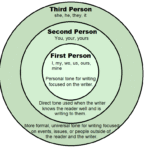 of View means understanding the strengths and limitations of each narrative style so you can align your choice with your story’s goals.
of View means understanding the strengths and limitations of each narrative style so you can align your choice with your story’s goals.
Here are some guiding questions to help you decide:
-
Whose voice best serves the story? If you want deep emotional intimacy, first person might be your best choice. If you want to explore multiple perspectives or a larger world, third person can give you more flexibility.
-
How close should the reader feel to the narrator? The more personal and direct the connection, the stronger the emotional investment. Second person can be highly immersive, while third person omniscient can offer a broader but more detached view.
-
What information needs to be revealed—or concealed? First person limits the reader to what the
Avoid This Common Mistake: Head-Hopping
Head-hopping happens when a writer switches between different characters’ thoughts and perspectives within the same scene or paragraph without warning. While it might seem like a quick way to give the reader more information, it often causes confusion and breaks immersion. Inconsistent shifts can also make your writing feel unfocused, weakening the reader’s connection to your characters.
If Mastering Point of View is your goal, you need to control when and how perspective changes happen. Here are some ways to keep your narrative clear and engaging:
-
Stick to One POV Per Scene
Choose whose eyes the reader is looking through and commit to that perspective until there’s a natural break—such as a chapter change or a scene break marked by extra spacing or a symbol. This helps the reader stay grounded. -
Use Scene or Chapter Breaks for POV Changes
If you want to switch to another character’s perspective, signal the transition clearly. White space, chapter headings, or time/place markers can prepare the reader for the change. -
Filter Everything Through the Chosen Character
Even when describing events or other characters’ emotions, stick to what your POV character can observe, infer, or imagine. For example, instead of writing, John felt embarrassed, show how the POV character notices John’s flushed cheeks and awkward body language. -
Plan Your POV Strategy Before You Write
Mapping out your story’s structure before drafting can help you decide when and where to change perspectives. Many writers create a “POV map” in their outlines to avoid unintentional shifts. -
Edit with POV Consistency in Mind
On your revision pass, read each scene while asking, “Am I staying in the same character’s head from start to finish?” If not, make adjustments to keep the perspective consistent.
Avoiding head-hopping doesn’t mean you can’t use multiple points of view—it just means those changes need to be intentional and well signposted. By respecting the boundaries of your chosen narrator, you’ll not only prevent reader confusion but also strengthen your storytelling. This level of discipline is essential in Mastering Point of View, because clarity and consistency are what allow your readers to fully lose themselves in your story.
Free Download: Mastering Point of View Quick Guide
Want a handy reference to keep by your writing desk? Download my free Mastering Point of View Quick Guide. It includes:
- Clear definitions of each POV
- Examples for first, second, and third person
- A POV decision-making checklist
- Tips for avoiding common pitfalls
📥 Download the Mastering Point of View PDF here
Final Thoughts
Mastering Point of View is more than a grammar choice—it’s your story’s voice, camera, and filter all rolled into one. Whether you choose first person’s intimacy, second person’s direct engagement, or third person’s versatility, selecting the right POV can transform your writing and connect with your readers in powerful ways.
